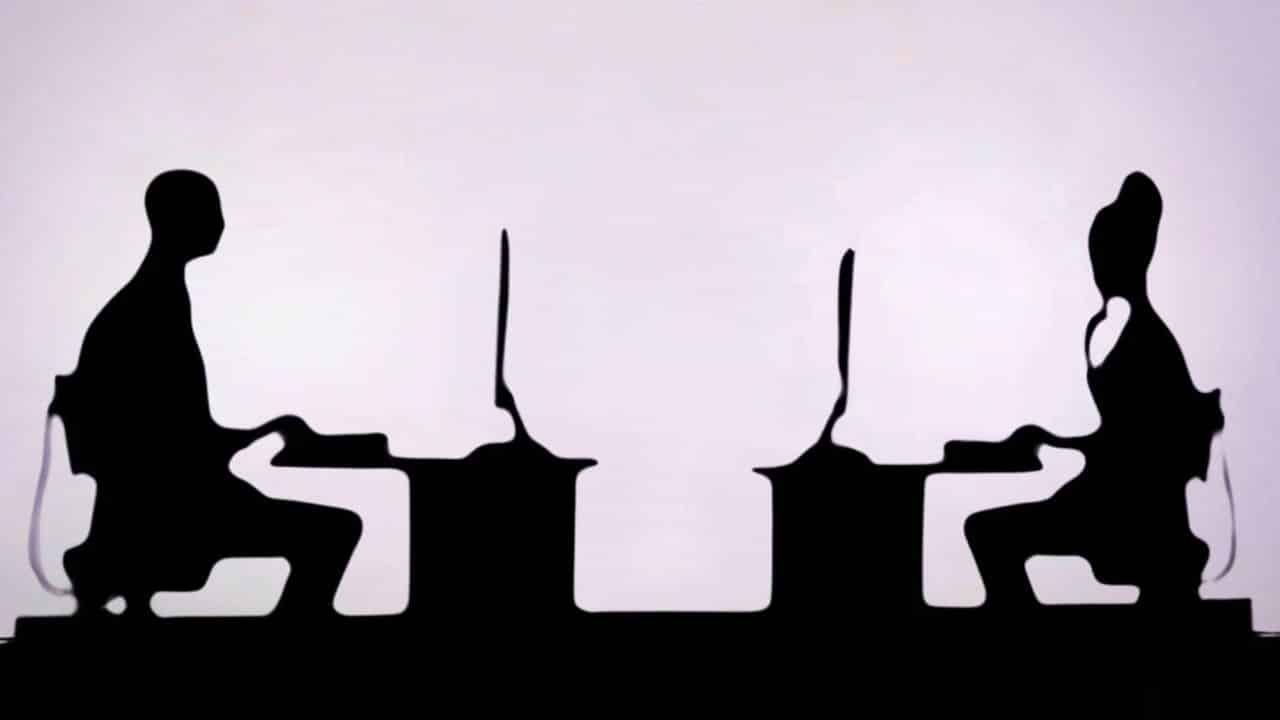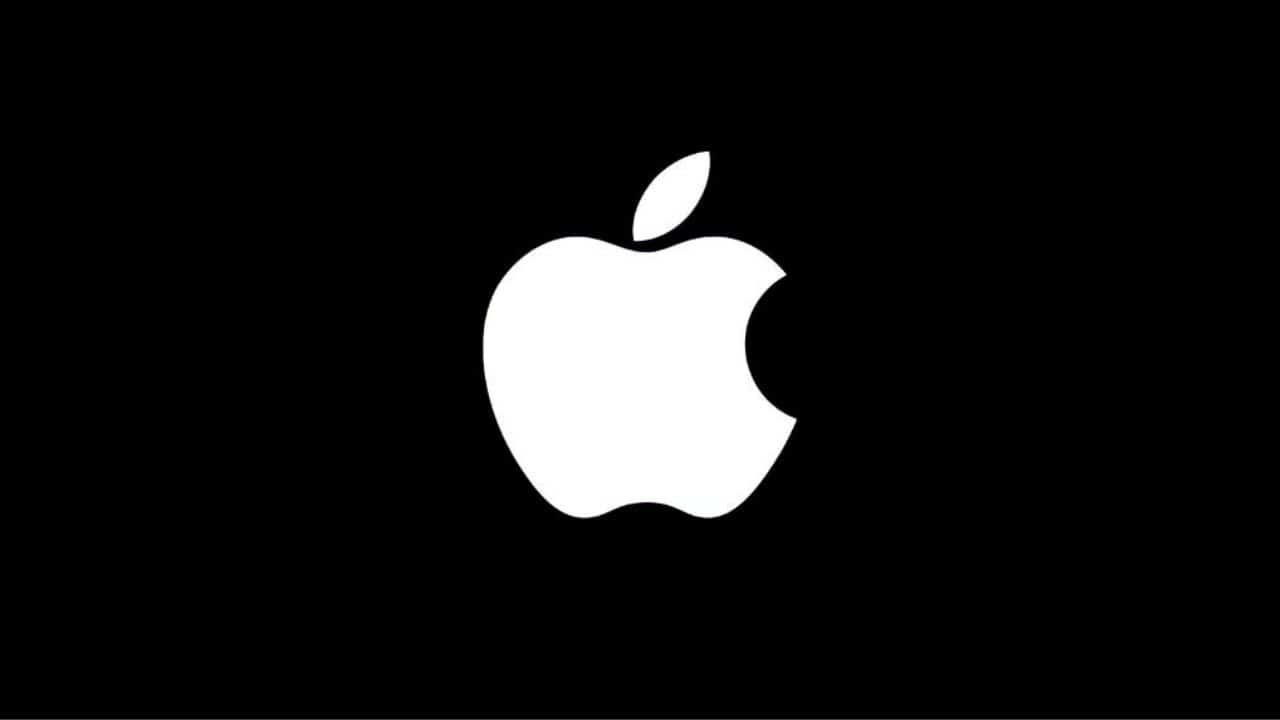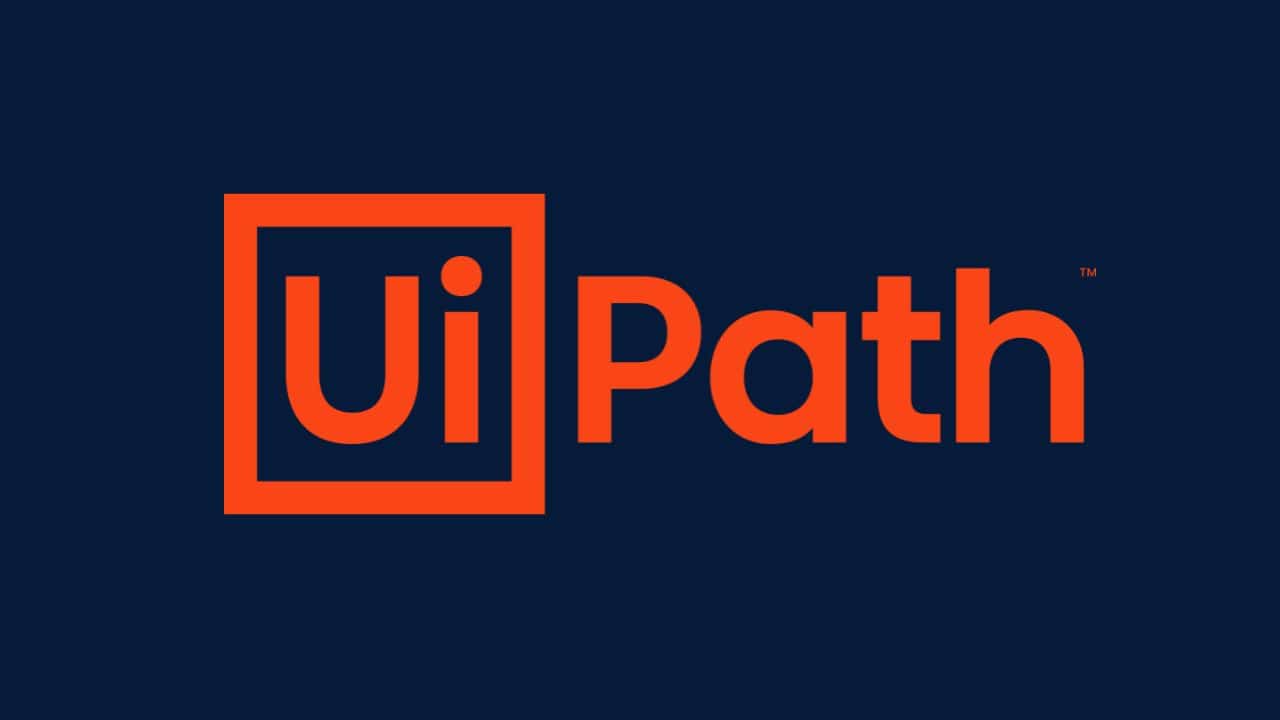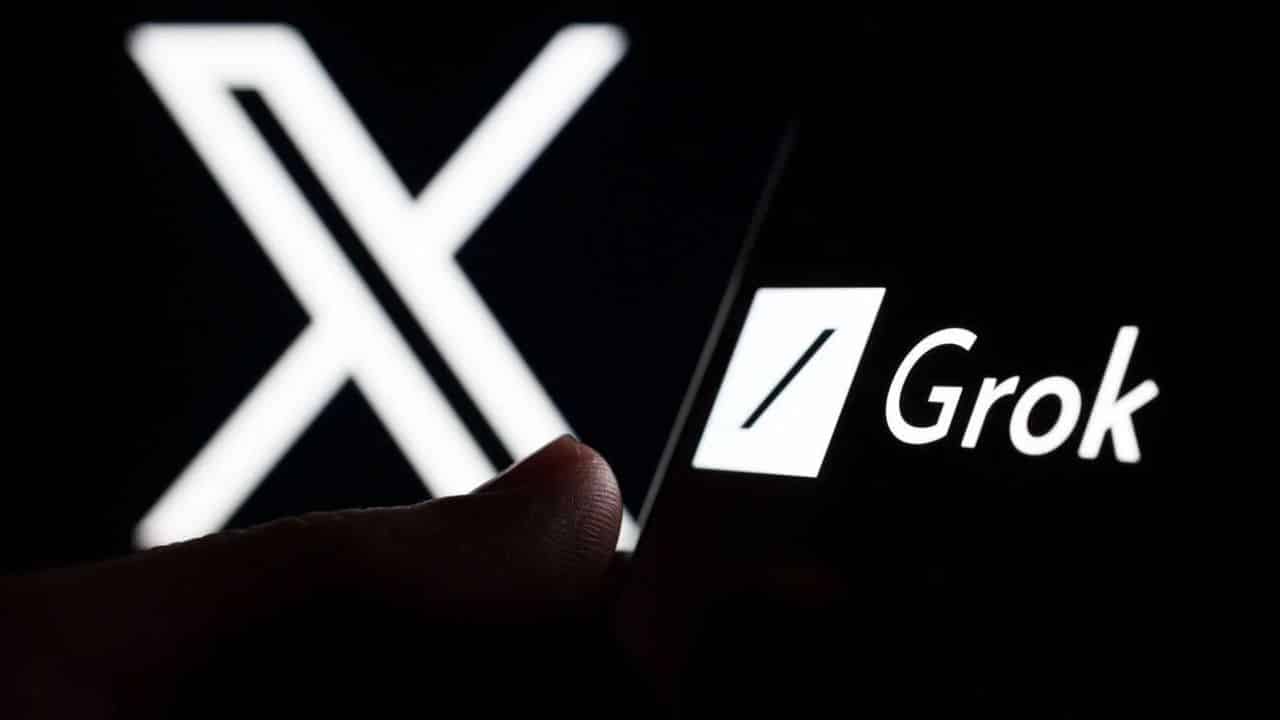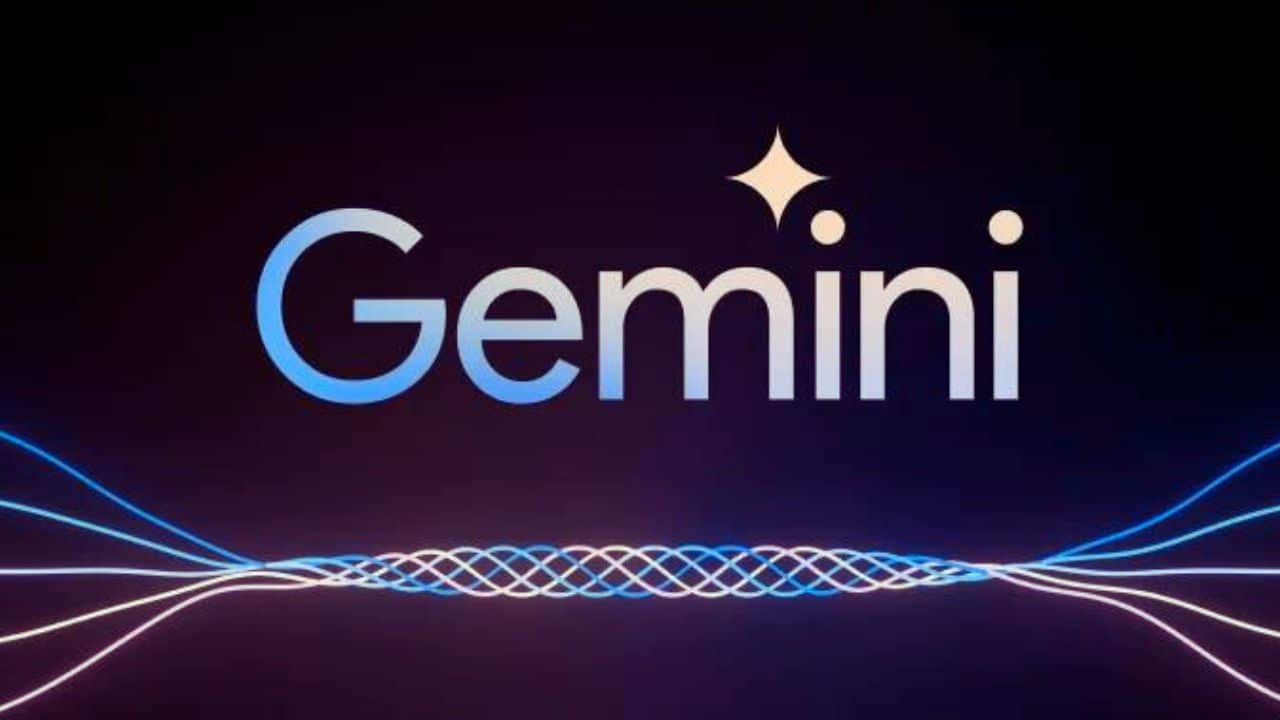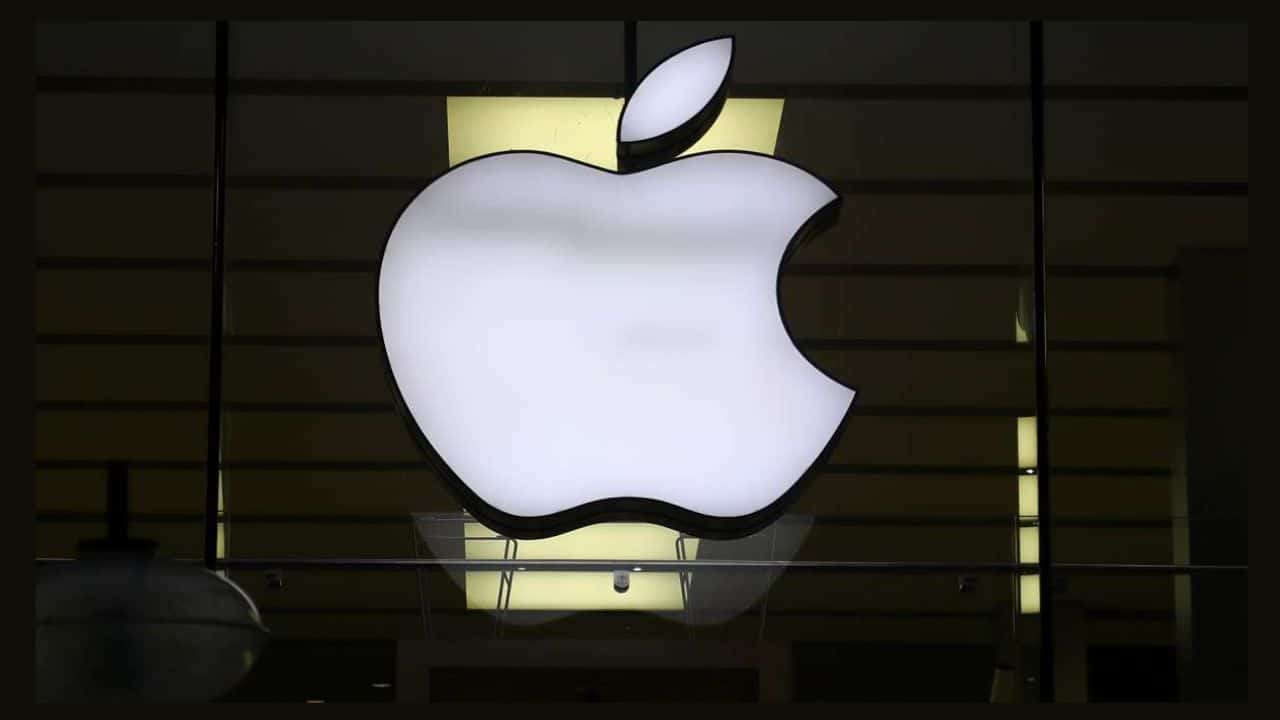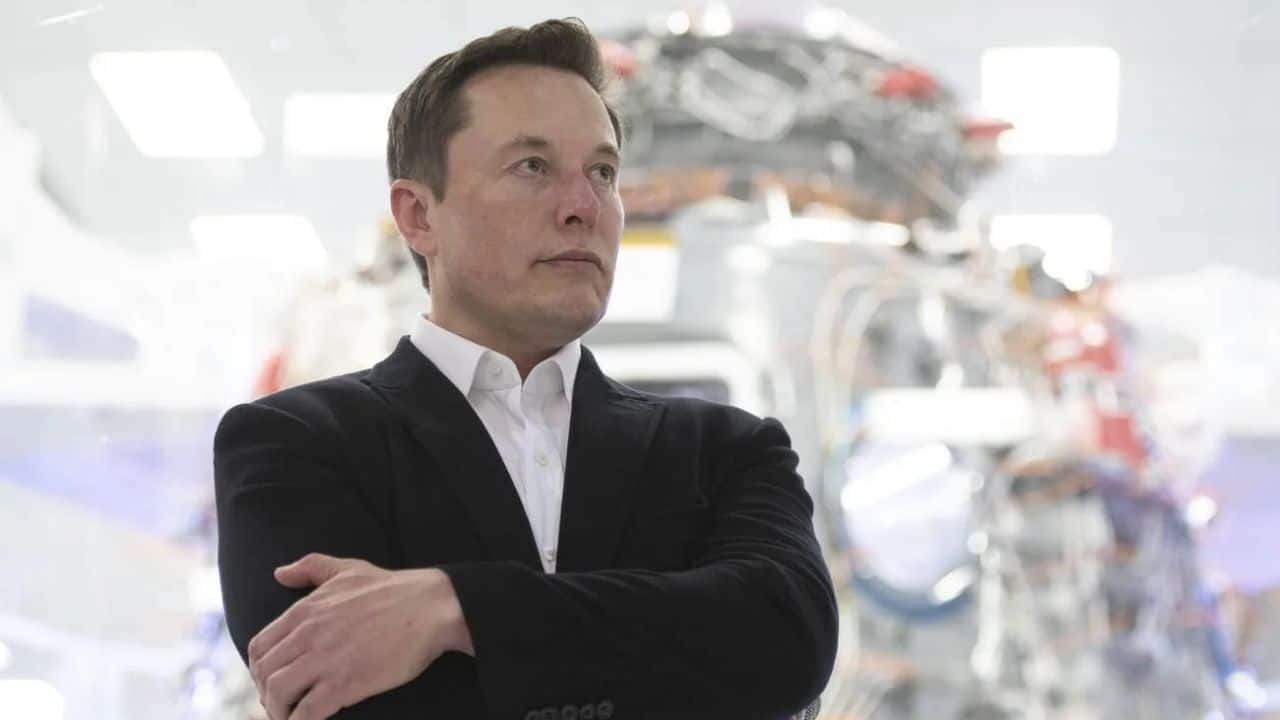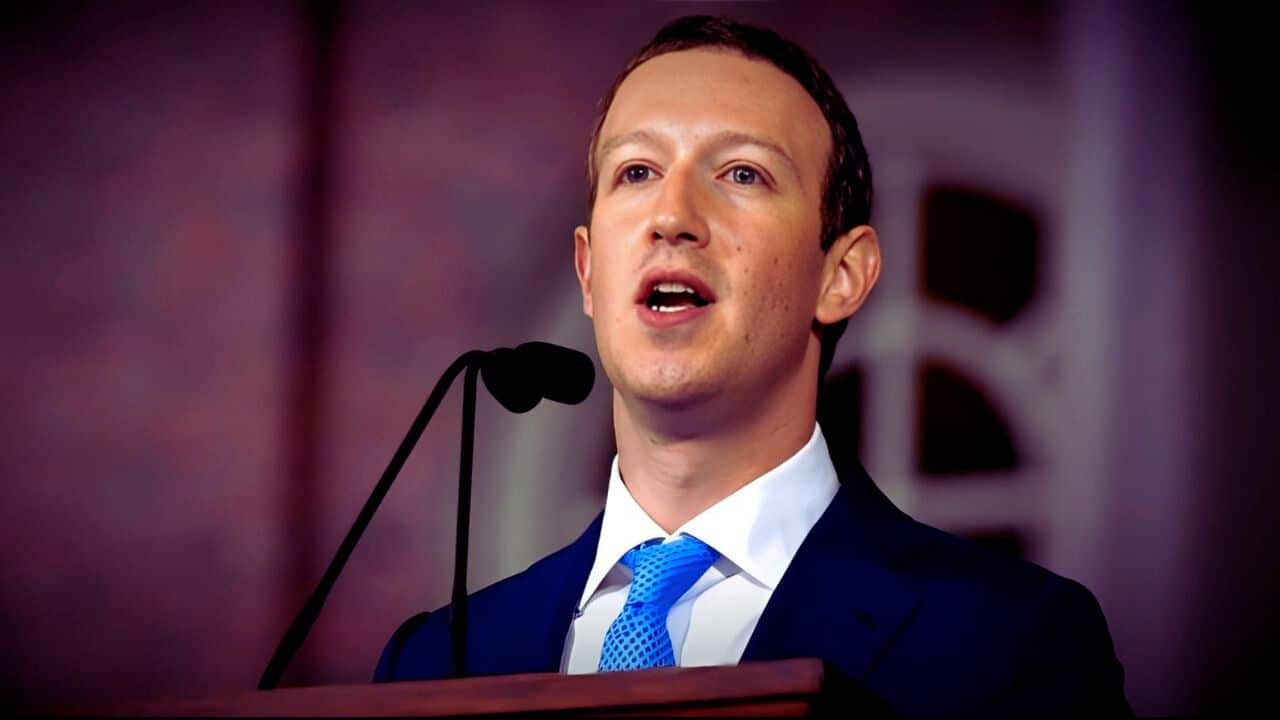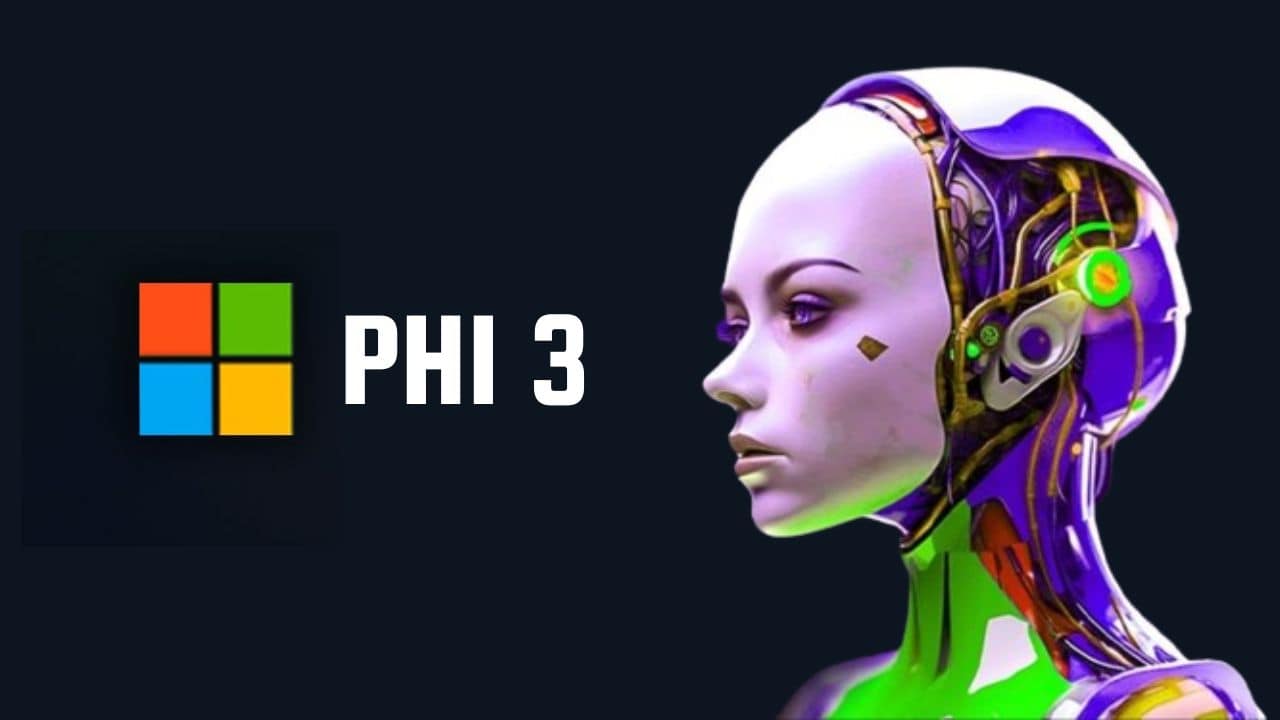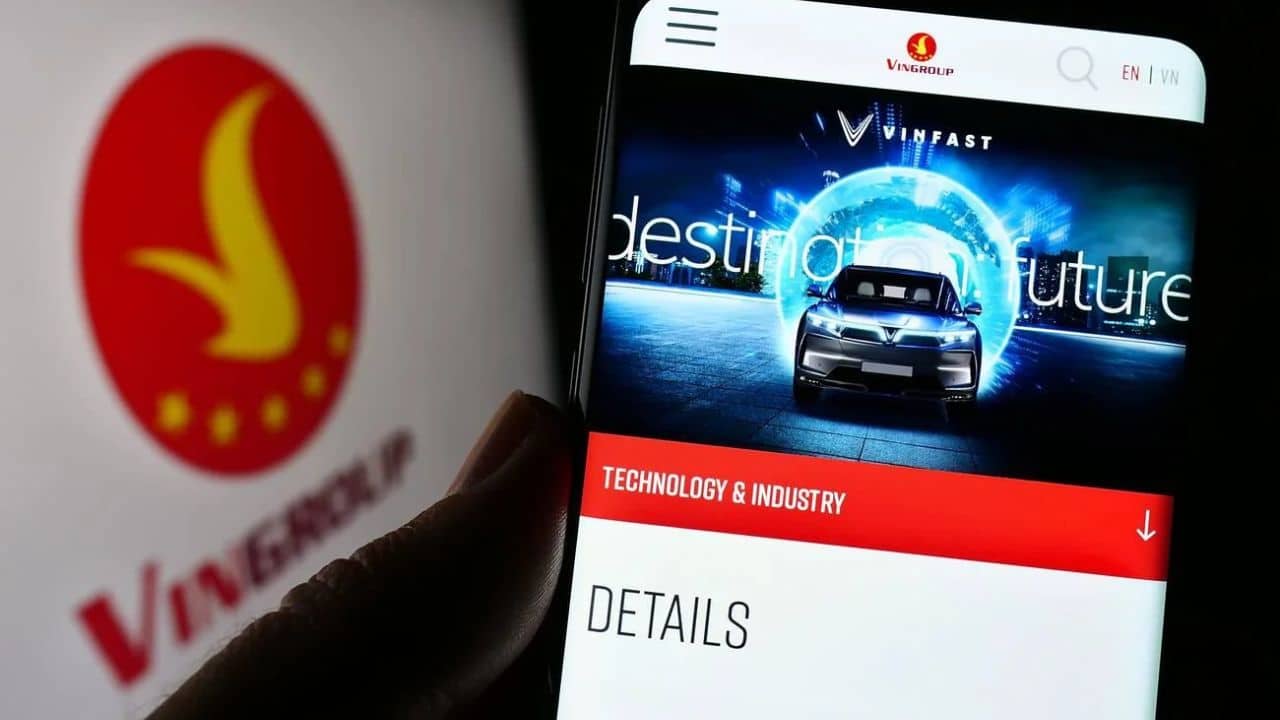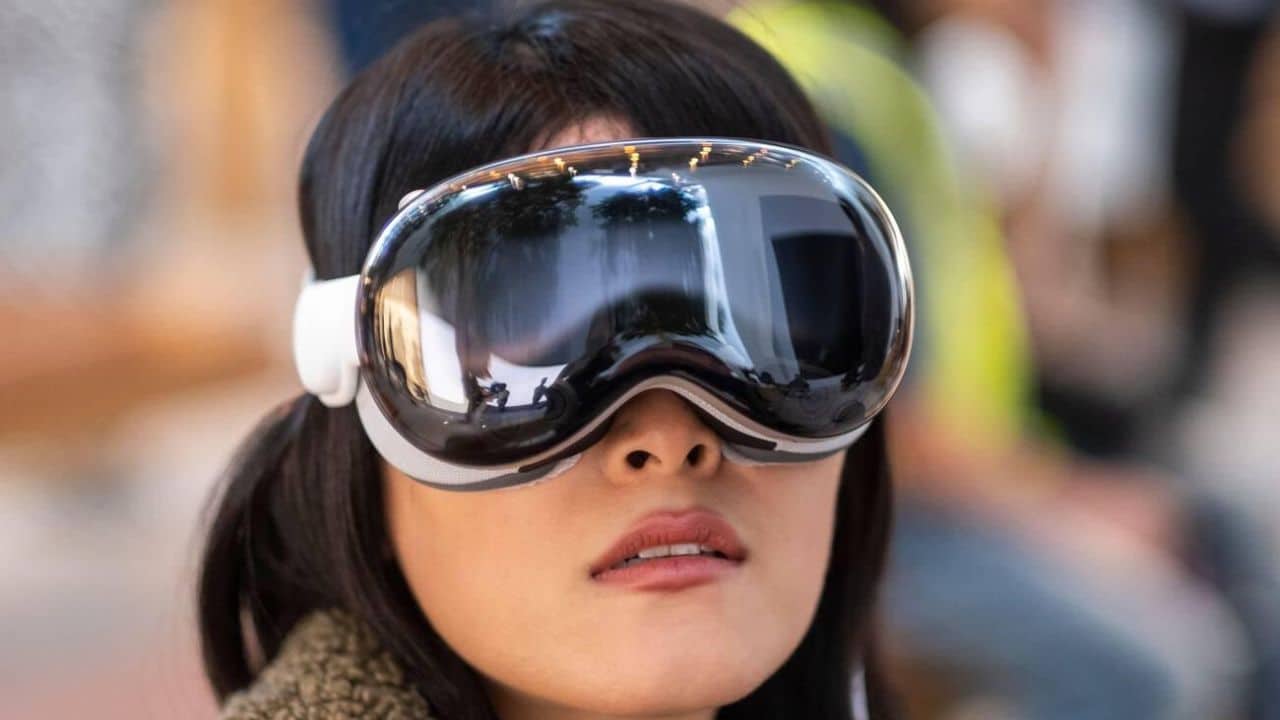Given the current rapid growth of artificial intelligence capabilities, some people find it difficult to remain calm when reading the most recent “AI is going to take your job” headline. But 30-year-old music producer Gus Nisbet is enthusiastic about what AI can bring to the workplace.
“It’s all about co-creation,” asserts Nisbet, who also serves as a creative strategist at the London-based sonic branding firm MassiveMusic. He already employs generative AI tools, such as OpenAI’s ChatGPT, to improve creative initiatives and streamline administrative processes. “I’ll start up the idea and then use AI to flesh it out and develop it in more varied ways,” he claims.
Nisbet has noticed a significant increase in productivity ever since he started using AI technologies in his regular tasks. When using ChatGPT, tasks that would often take a half-day to perform, including analyzing customer input on a project, can be finished considerably more quickly. “If you are using it in the right way, on the right task, you can crunch about four or five hours of work into about 30 minutes,” he claims. He concentrates on the work that needs significant thought and creativity during that extra time.
While many people are undoubtedly concerned about AI’s expanding capabilities, others are welcoming the technology. The tools are already being used to increase productivity and efficiency at work. Additionally, new evidence suggests that workplace AI optimism may be higher than headlines and our own prejudices would have us believe.
While 49% of individuals are concerned that AI would replace their employment, a far higher percentage, 70%, would delegate as much work to AI as feasible in order to reduce their burdens, according to Microsoft’s annual Work Trend Index, which was issued in May 2023.
Employees are less concerned about losing their jobs than they are about AI’s ability to help them pay off their mounting digital debt, according to Colette Stallbaumer, general manager of Microsoft’s Future of Work division. The report claims that 64% of employees have trouble finishing all of their work each day, frequently as a result of the constant stream of emails, meetings, and other digital distractions. After trying out AI tools, employees realize that “these tools are not going to replace my job, they are actually going to be able to augment what I can do and my capabilities,” according to Stallbaumer.
Stallbaumer cites her own process, in which she uses AI to schedule and organize meetings. “You can engage with every meeting in a completely new way when it becomes a digital artefact,” she claims. Stallbaumer will use AI to summarize the main points of meetings she missed, and she may even ask it to analyze the meeting in real time to ascertain what issues are being discussed and what still needs to be discussed.
She expresses optimism for technology and states that she does not want to return to a life without it. “This is a game changer, because you can actually choose what works for you,” says Stallbaumer. “People might have attended an hour-long meeting to get the two minutes of information they really needed.”
Numerous AI systems also provide expedient methods for handling time management or repetitive activities. For instance, Nisbet utilizes AI picture generators like Midjourney to “spice up” the presentations he makes to customers and AI search tools to quickly find appropriate lyrics in music databases, a task that would otherwise take hours.
The Wharton School at the University of Pennsylvania’s Daniel Rock, assistant professor of operations, information, and choices, concurs that one major benefit of AI’s introduction into the workforce is a reduction in human workload. The potential benefits of getting rid of a lot of the monotony at work excite him, he says. That will assist people in concentrating on the areas in which they are most needed and useful.
In theory, according to the experts, workers will have more time for the elements of their jobs they enjoy—the sophisticated, creative, human parts—as they recapture the time they previously spent sitting in meetings or analyzing lengthy emails. And it makes sense to be cheerful about this.
Ironically, argues Nisbet, “you can give your work a more human touch by using machines to speed up workflows.” Instead of just completing a task, you have far more time to come up with ideas and think creatively.
Stallbaumer continues by saying that this extra time should promote more creativity. She cites a study from Microsoft that demonstrates how three and a half times as many workers are having trouble innovating and thinking strategically as those who are now struggling to do all of their tasks.
Although it is still much too early to predict the full effects of AI on the job, experts are optimistic. Many workers are also becoming more favorable toward the technology. These AI technologies are already seen as collaborators by Nisbet. “People will still want that human connection and spirit embedded within the work,” he predicts. “And these tools can be used to support that narrative in some way.”
Leaning into AI optimism may be a smart move, even for anxious workers. In the words of Rock, “Thinking about how you can work with these machines is always a better proposition than how you can fight against them.”


